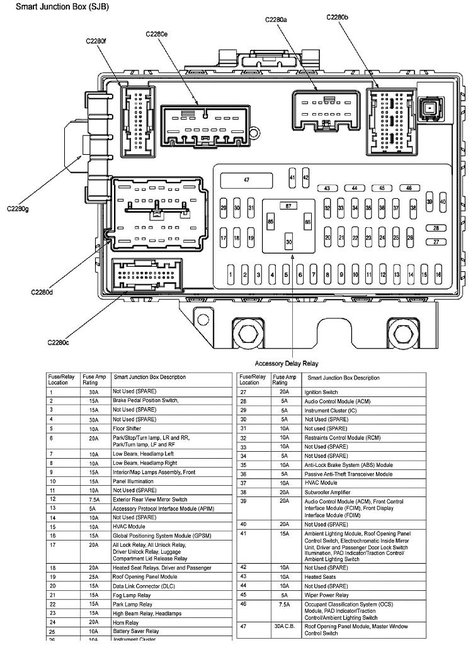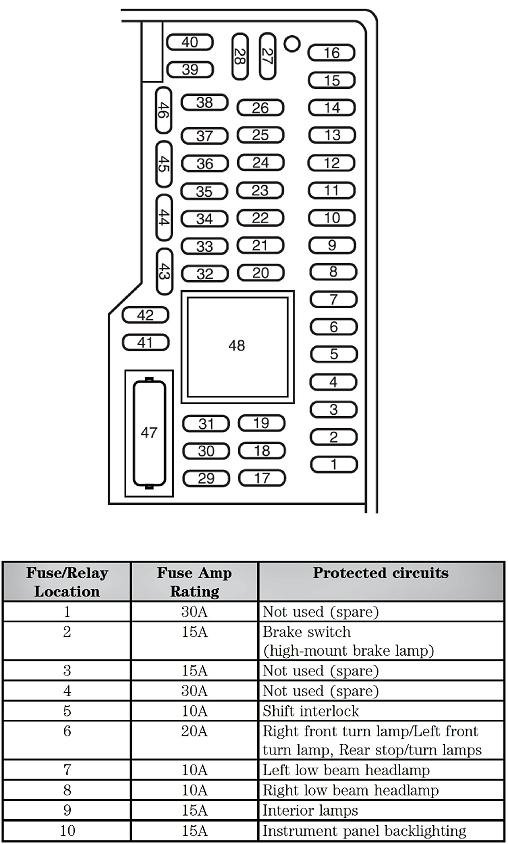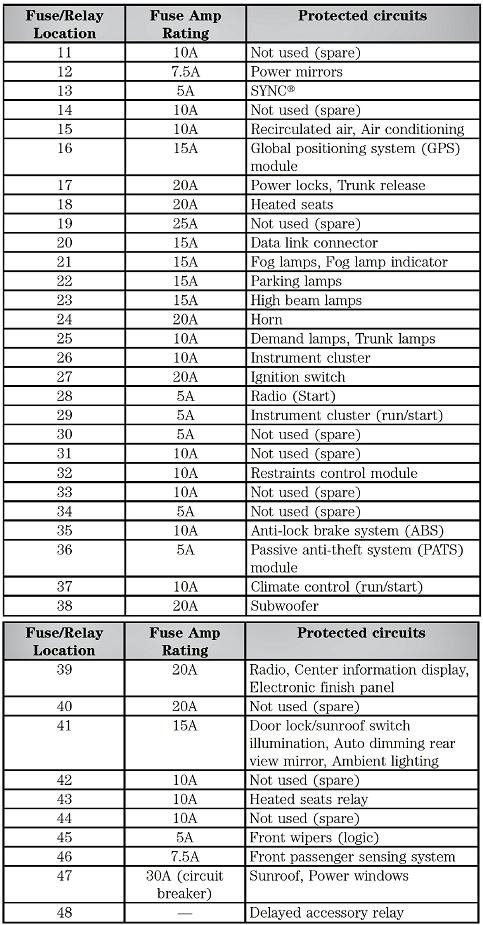The battery is totally run down, so you know trying to crank the engine is only going to make it worse. Computers are very intolerant of low system voltage, so they can be expected to do weird things, including turning on their warning lights. Most of those symptoms will be corrected automatically once the battery is charged.
The reason the jump-start didn't work is you're trying to squeeze all the high current a starter needs through those tiny jumper cable connections. That rarely works. Jump-starts work best when the battery is just partially run down. What you need to do is give the dead battery time to become charged enough to crank the engine. When a really dead battery is being recharged, either with jumper cables or with a portable charger, it takes a good 15 minutes before it starts to take a charge. It can take that long for the acid to become conductive, then the electrons will start to flow into the plates where they are stored. If you use a small battery charger with a charging meter, you'll see it stays near 0 amps for about 15 minutes, then slowly start to increase. It won't get higher than 20 amps, but to prevent damaging the battery, the charging rate should be kept at a low rate, under ten amps, for about two hours. When it is fully-charged, that current will drop to less than five amps.
Here's links to some related articles:
https://www.2carpros.com/articles/how-to-charge-your-car-battery
https://www.2carpros.com/articles/how-to-jump-start-car-battery-using-jumper-cables
There's another clinker now related to charging a dead battery. Some vehicles are coming with a new design called "absorbed glass mat", or "AGM". Those can take a real long time to reach full charge. The battery in my truck had to be connected to a portable charger at a slow rate for three days before it could be accurately tested, and after that three days, it was indeed still working just fine.
Also remember a battery doesn't fail just by running it dead a few times, so don't think it needs to be replaced if it doesn't become charged right away. If it was working fine the day before, the solution to leaving the lights on overnight is simply to recharge the battery. A possible exception would be if this is still the original battery. Very few last eight years. As they age, the lead flakes off the plates. What floats to the bottom builds up until it is high enough to short those plates together. At that point that cell is shorted and the battery must be replaced. That typically occurs in about five years. That's why most battery manufacturers provide a five-year warranty.
Automotive charging systems develop a pretty smooth current that runs the electrical system and recharges the battery. Portable battery chargers develop a destructive pulsing current that switches from very high to 0 amps, to high, repeatedly. While that gets the job done, that pulsing current vibrates the plates and can shake off some of the loose lead. That does not cause a battery to fail. It hastens the inevitable failure. What I mean is if that battery is about to fail in the next few months on its own, it has a better chance of failing sooner due to use of the battery charger. To reduce the chance of that failure is why we always use the lowest charge rate. That vibrates the plates less vigorously.
Another thing to be aware of is jump-starting, and even just having a run-down battery, can cause multiple fuses to blow when there really isn't a problem. Once the engine is running, if there are non-working systems, particularly things like interior lights and the radio, suspect a blown fuse. There will be a fuse box under the hood and another one inside the car. Some computers may have set diagnostic fault codes related to the low voltage, and sometimes those have to manually erased to turn off their warning lights. We'll discuss the need to visit a mechanic with a scanner if that becomes necessary. If you need to look at the fuses, here's a link to the appropriate article:
https://www.2carpros.com/articles/how-a-car-fuse-works
https://www.2carpros.com/articles/how-to-check-a-car-fuse
Images (Click to make bigger)
SPONSORED LINKS
Tuesday, March 26th, 2019 AT 4:53 PM







